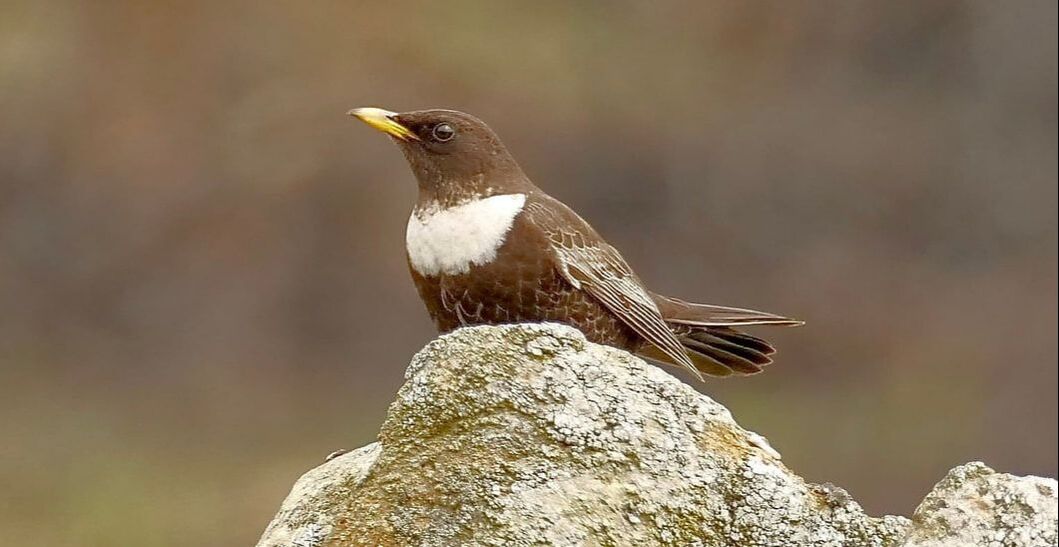|
The curious sight of the back end of a Chough wiggling above the grass, its head buried deep into a Rabbit hole, indicates the tough times that birds are having. The rabbit burrows on the Great Orme provide the Choughs with access to more moist and less compacted soil than on the surface, into which they can probe for invertebrates. Swallows and House Martins, now finally arriving in North Wales, will need wet mud with which to build their nests, but puddles are hard to find after an April that saw Wales receive less than half its average monthly rainfall. As any farmer can attest, the region’s grasslands that are home to our last remaining Curlews and Lapwings are dry, and will these hold enough insects for wader chicks to forage in the coming weeks?
With no substantial rain forecast, garden owners can help their local birds by providing a shallow bowl of water for birds to drink and bathe, and I know farmers who ensure there are puddles in the muddy corner of farmyards that Swallows can use. For the Choughs and waders, we have to hope for rain – but, then again, not so much that it washes the caterpillars out of woodlands just as the Pied Flycatchers hatch. We are hitting the peak of spring migration, and last week saw a second wave of Ring Ouzels and Wheatears. ‘Our’ birds are already holding territories in the mountains, where some have already hatched their first chicks, but along the coast are birds that will head farther north: the Wheatears to Iceland, Greenland and even northeast Canada, and the Ring Ouzels to Scotland or Scandinavia. Up to half a dozen Ring Ouzels and two dozen Wheatears have been on the Great Orme each morning. Rarity of the week is a Pectoral Sandpiper, a wader en route to its Arctic Russian breeding grounds but pausing in the southeast corner of Llyn Trawsfynydd, where an Osprey has been fishing regularly. The first Swifts and Spotted Flycatchers have been seen across North Wales in recent days and a Wood Sandpiper was at RSPB Cors Ddyga over the weekend. A Nightingale sang on Bardsey last week, the island had its first ever spring record of a Black Tern, and a 32-year old Manx Shearwater was caught and released. It had been ringed there in August 1989 and had not been handled since August 2000, two days before ringer and assistant warden Ed Betteridge was born!
0 Comments
Leave a Reply. |
Bird notesA weekly update of bird sightings and news from North Wales, published in The Daily Post every Thursday. Archives
July 2024
Categories |

 RSS Feed
RSS Feed
